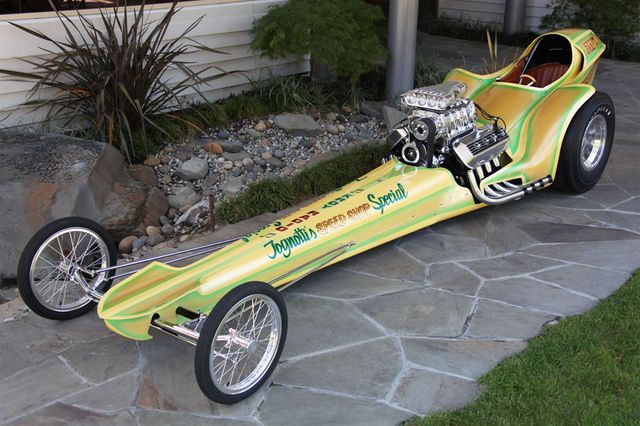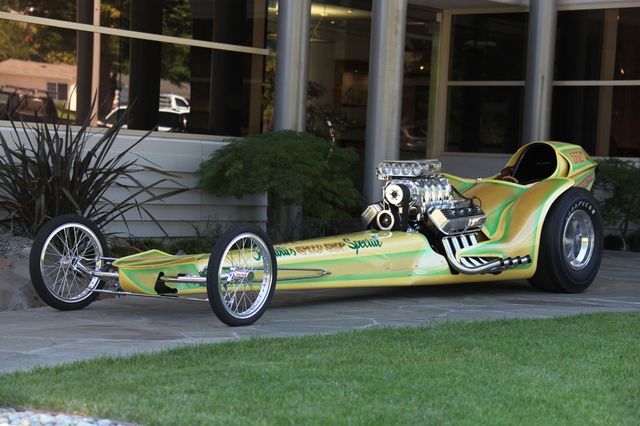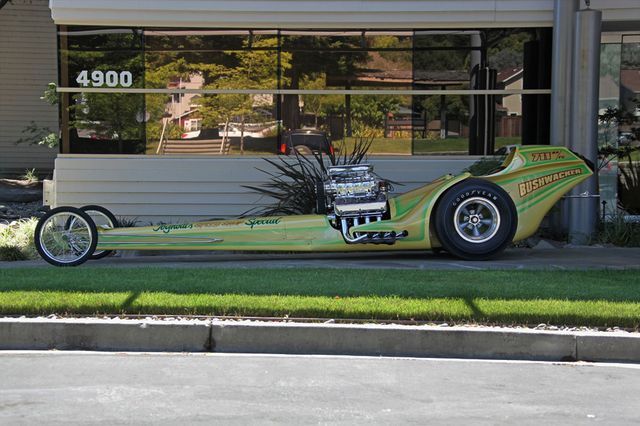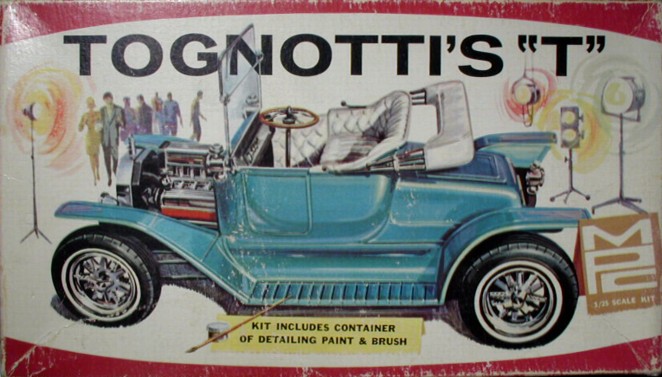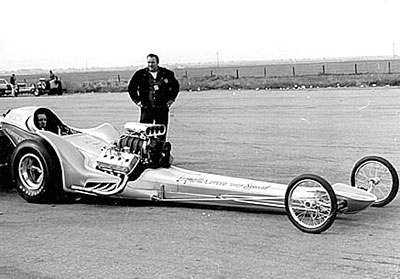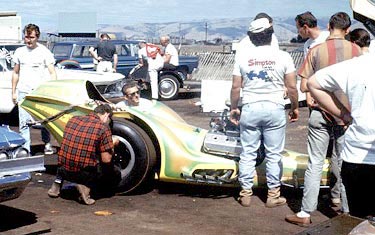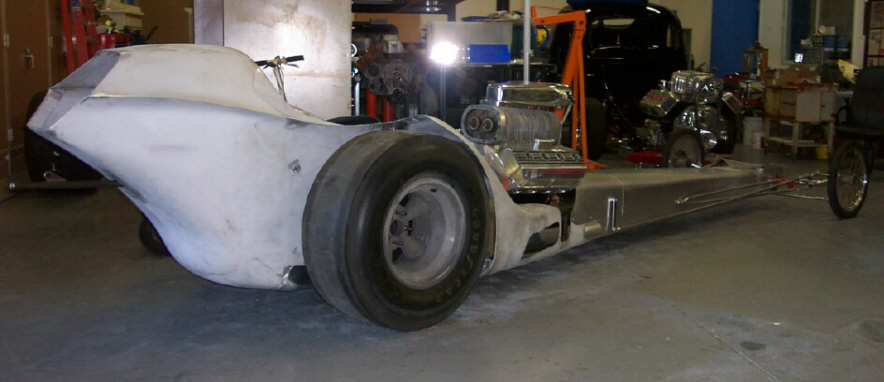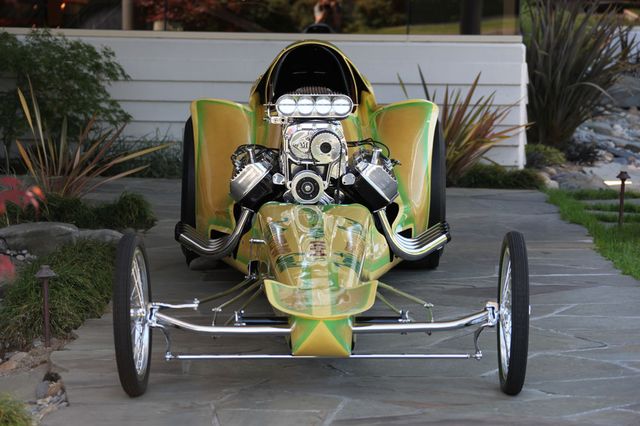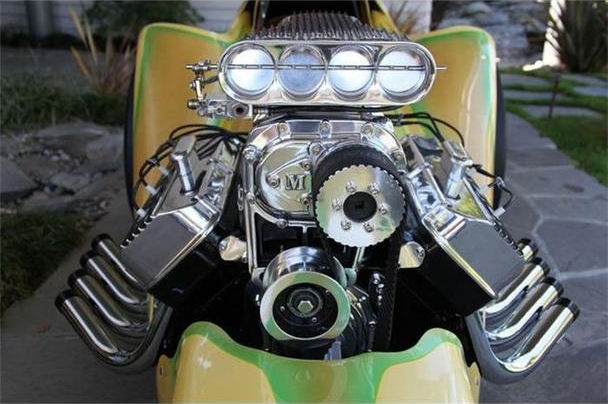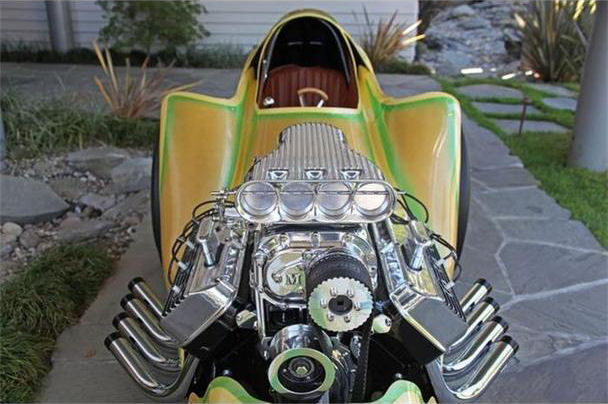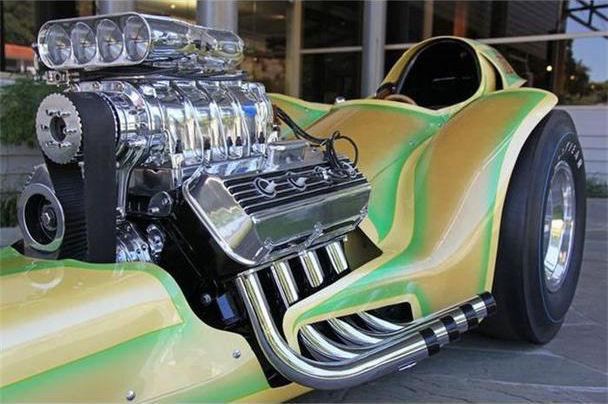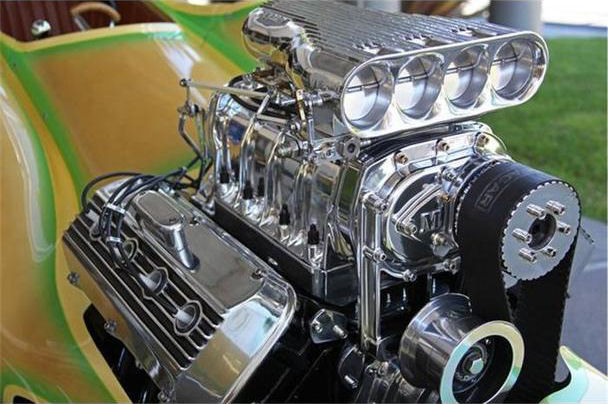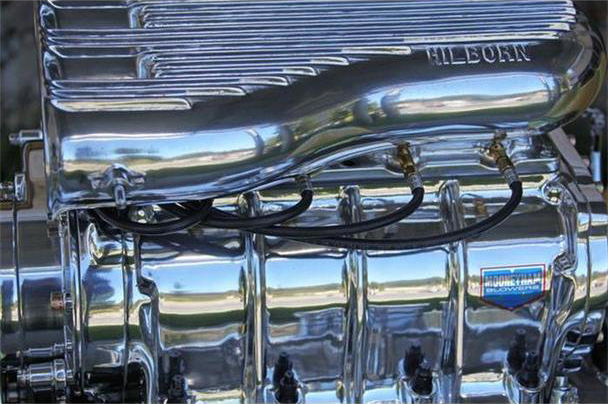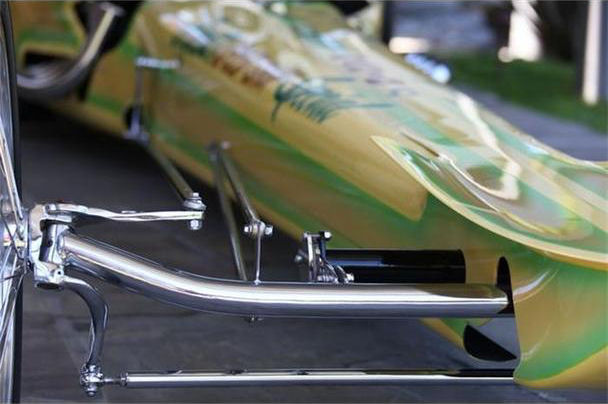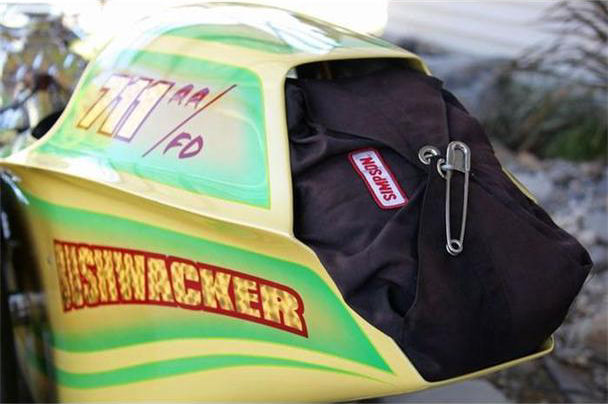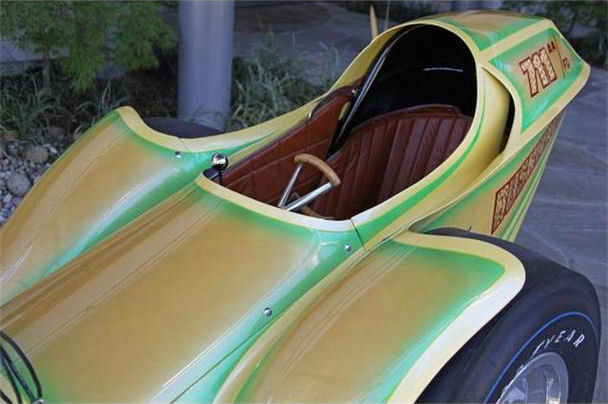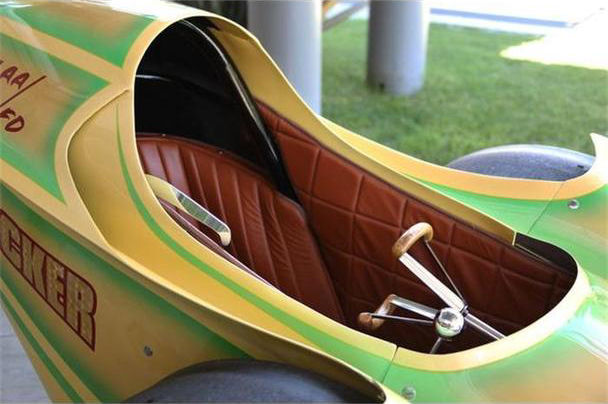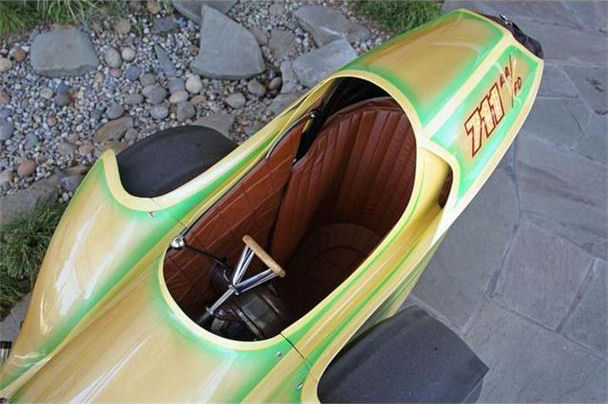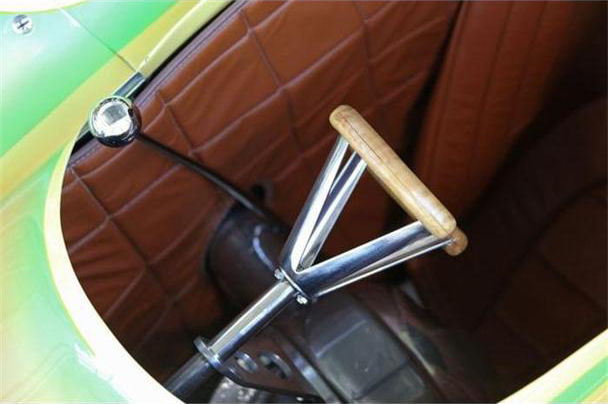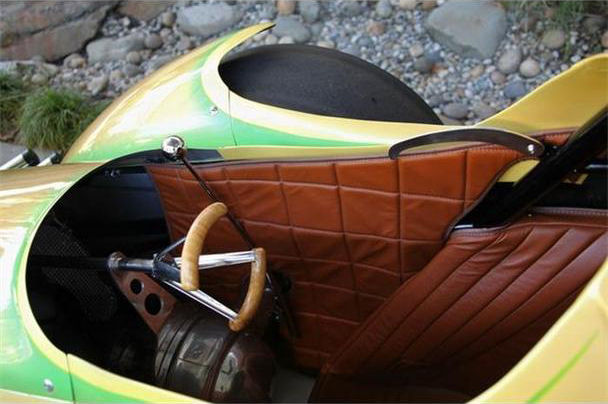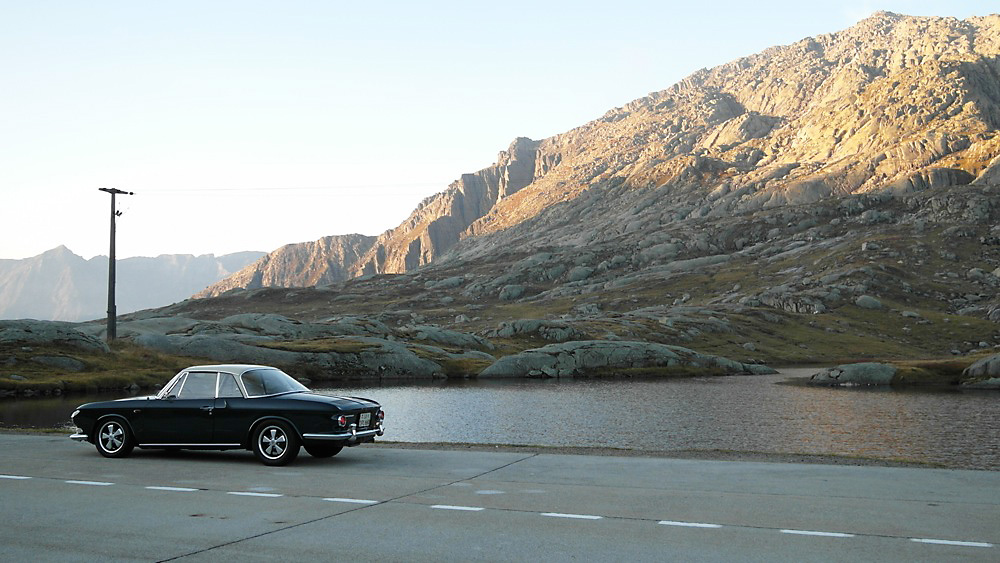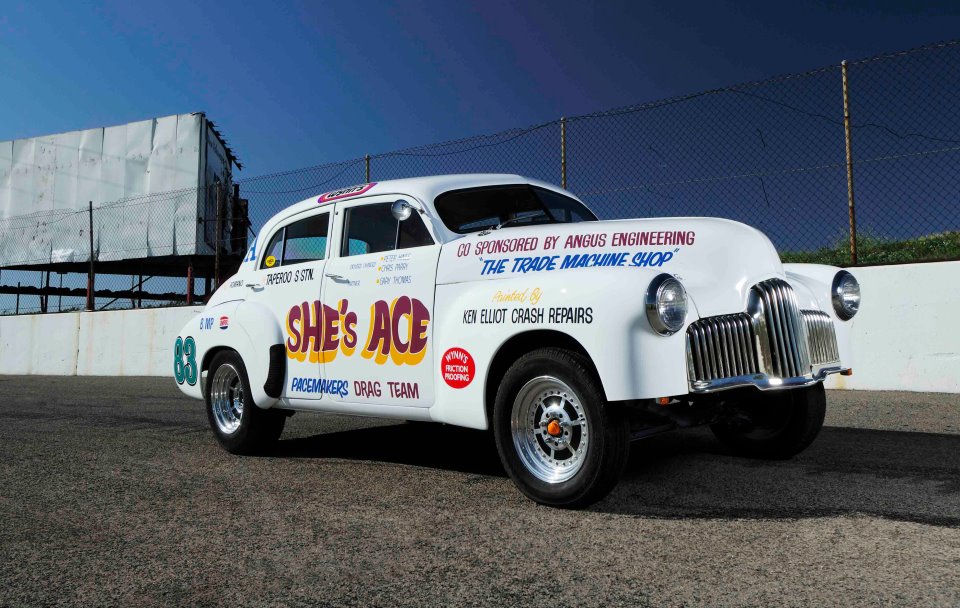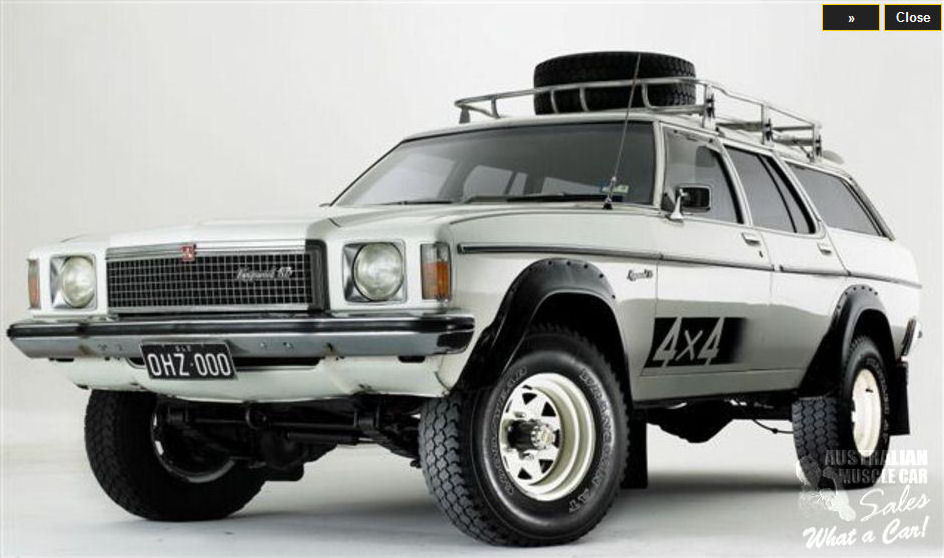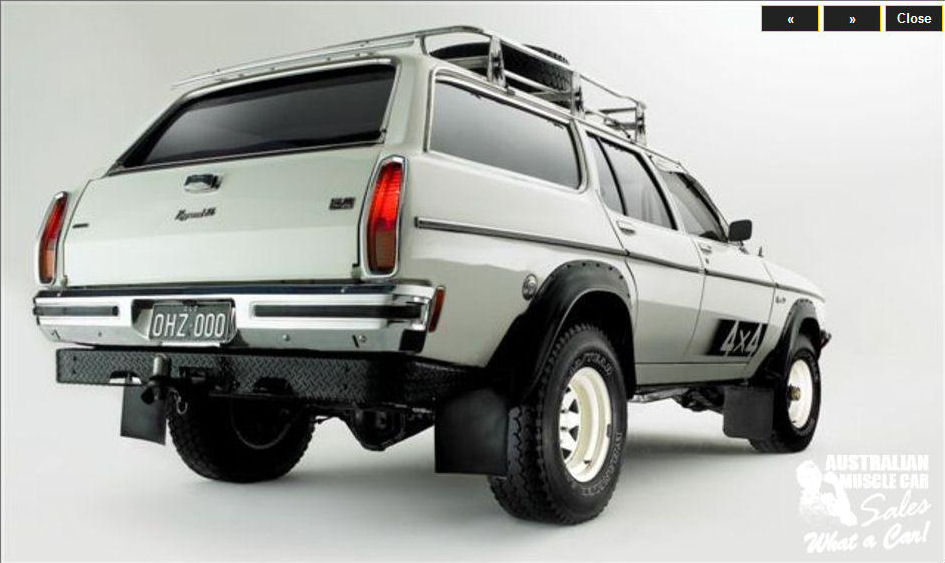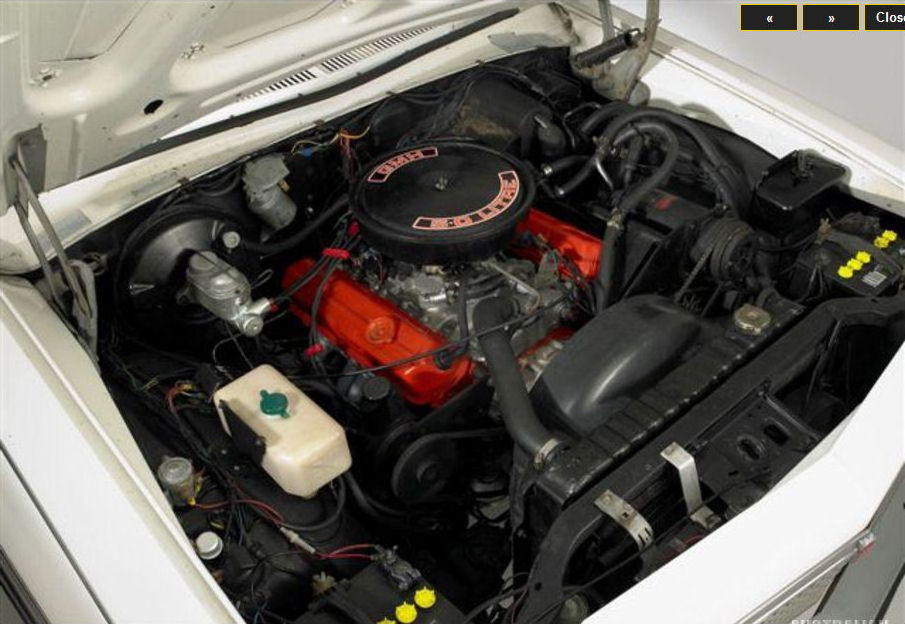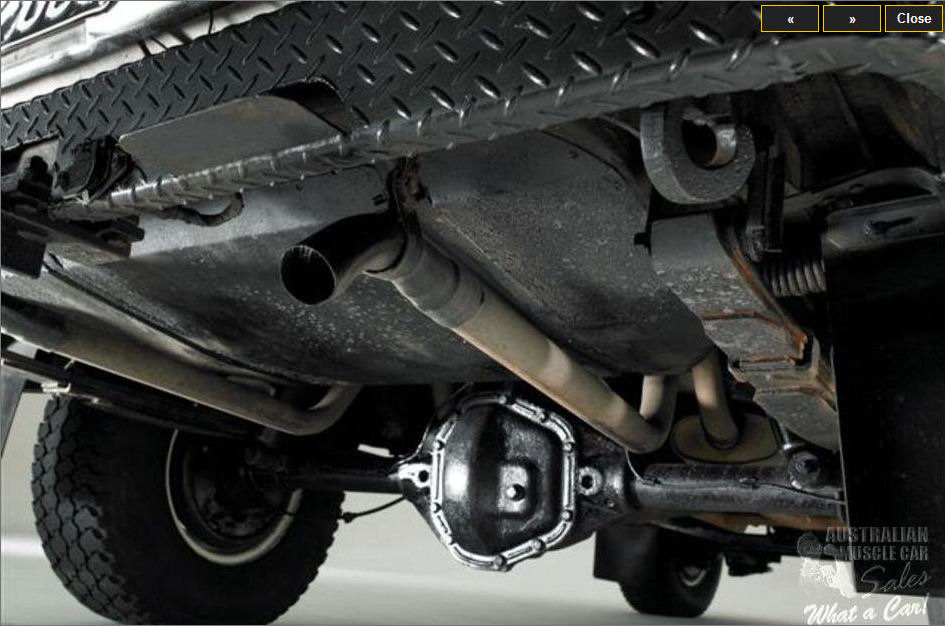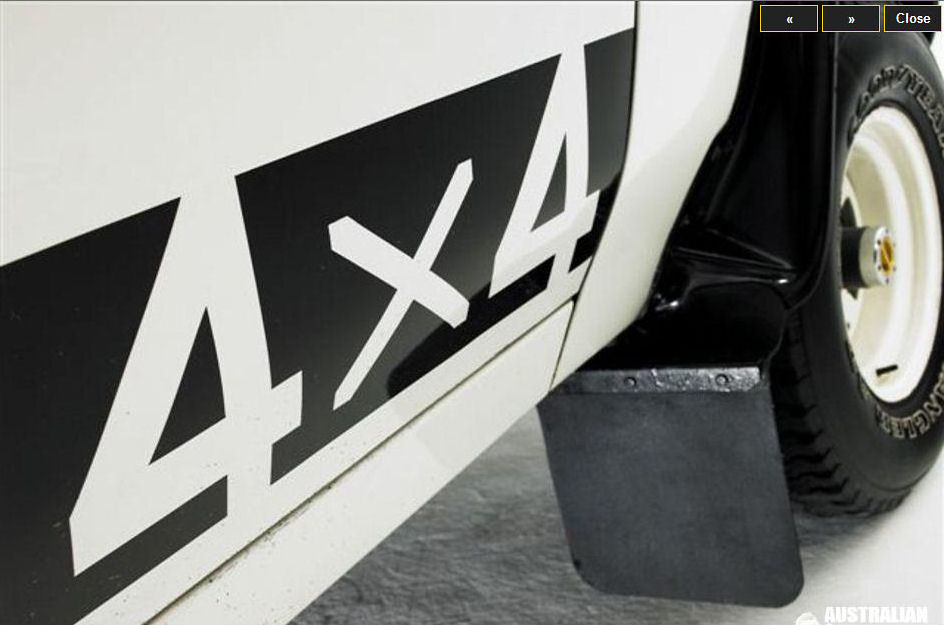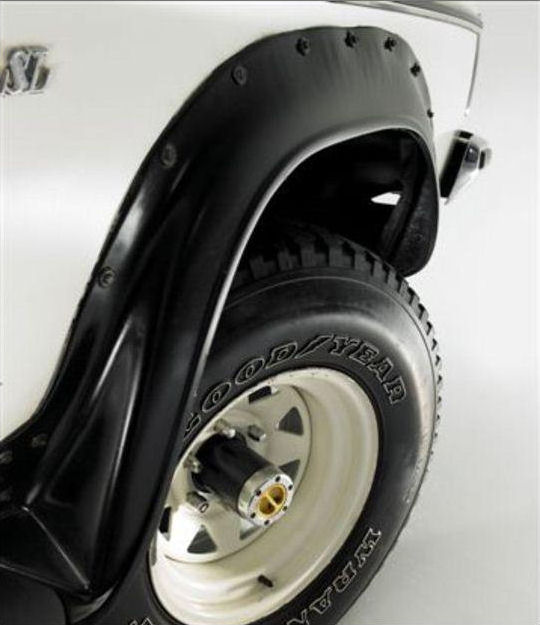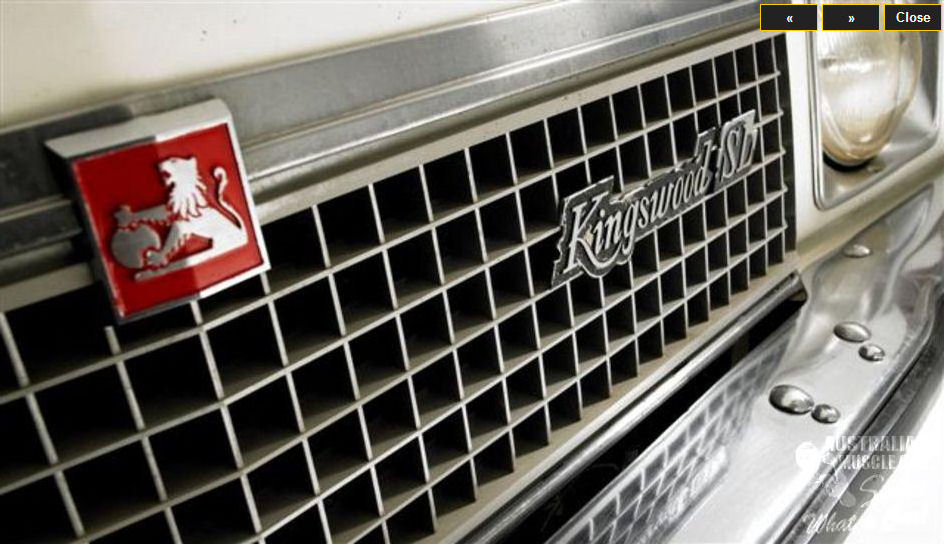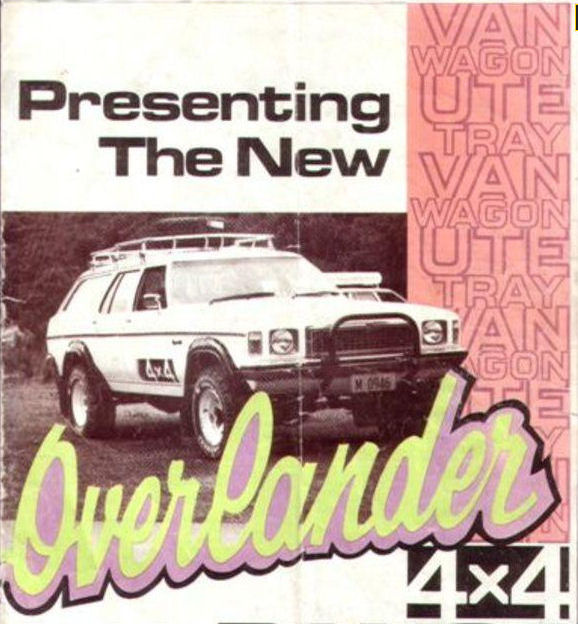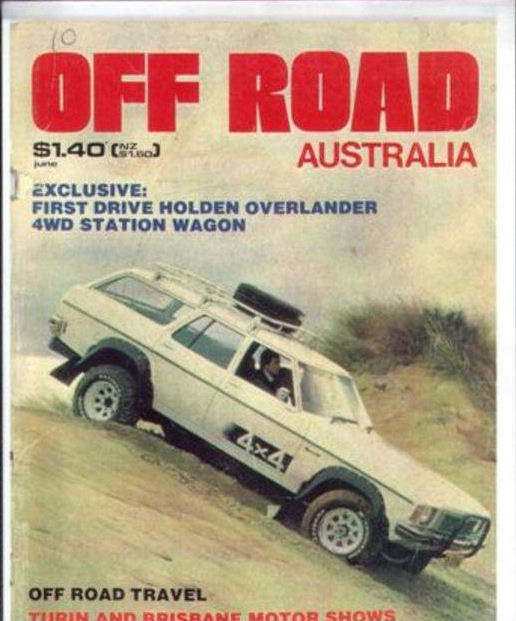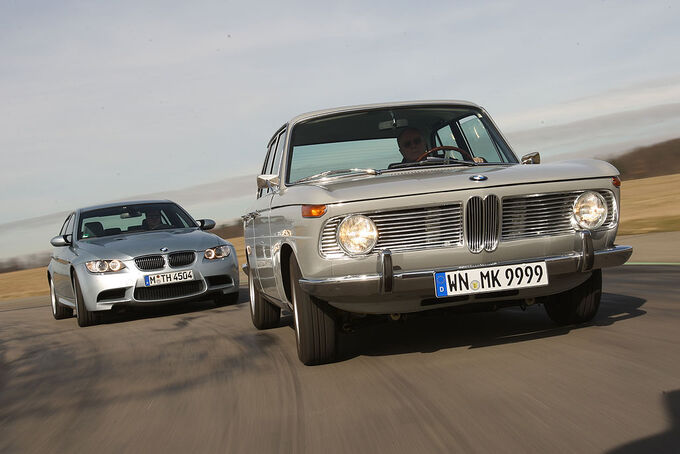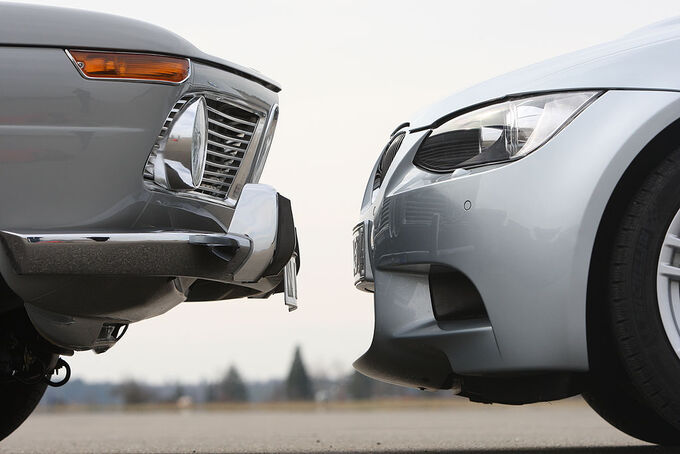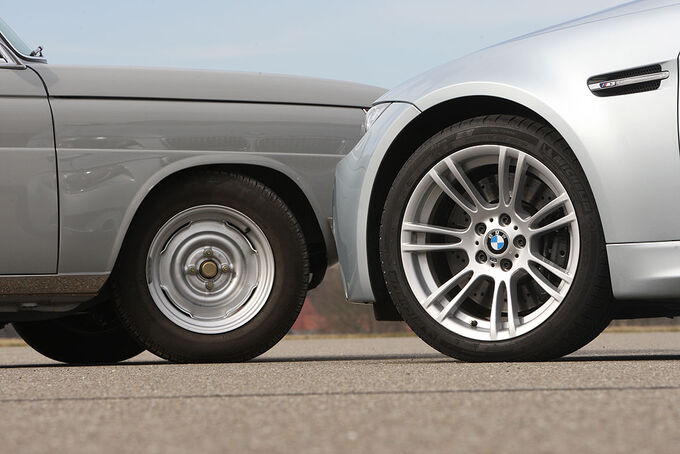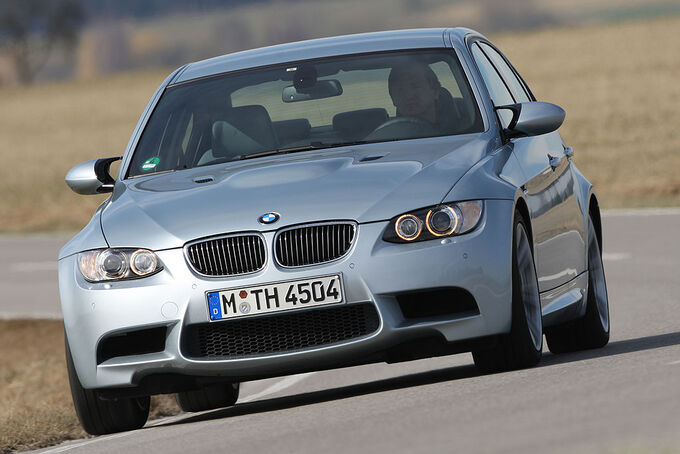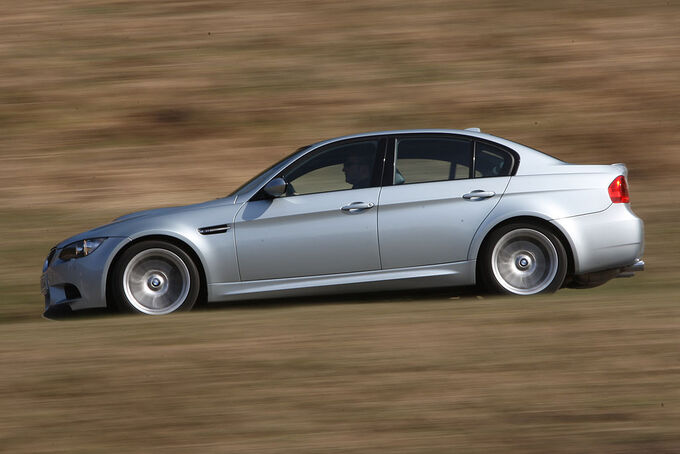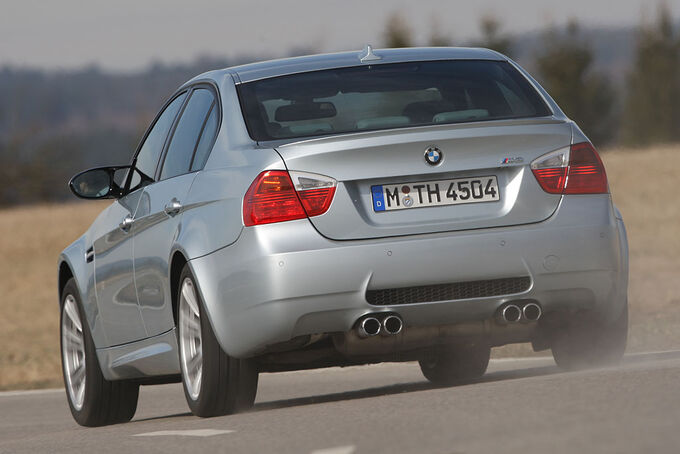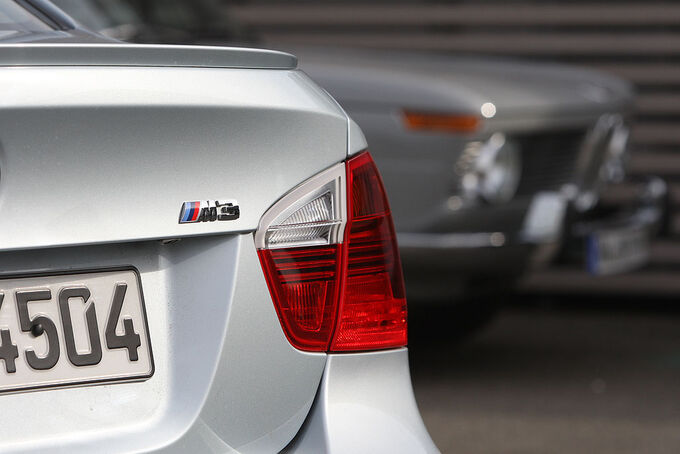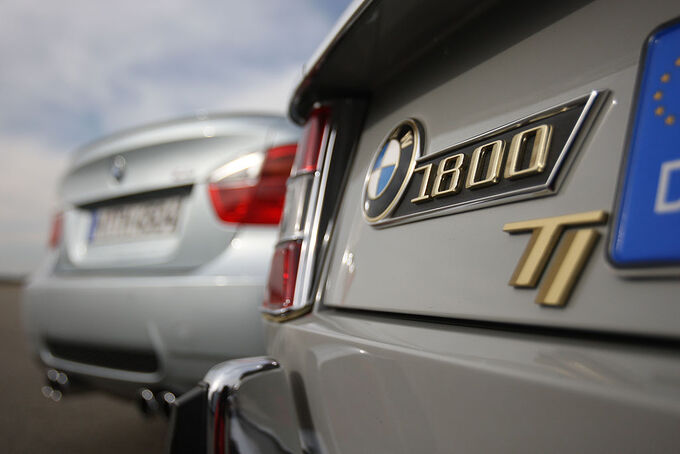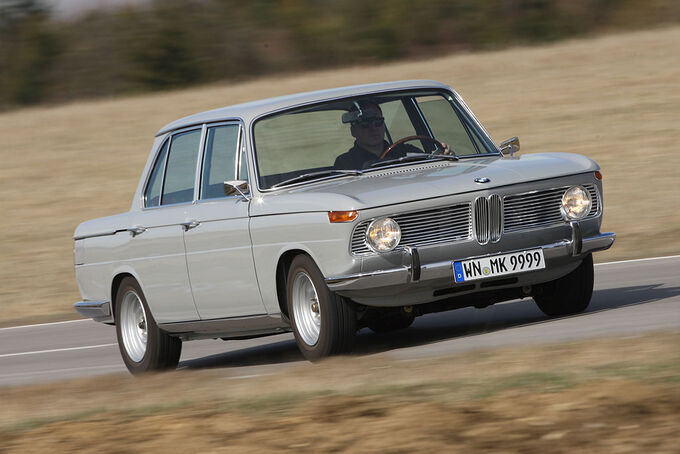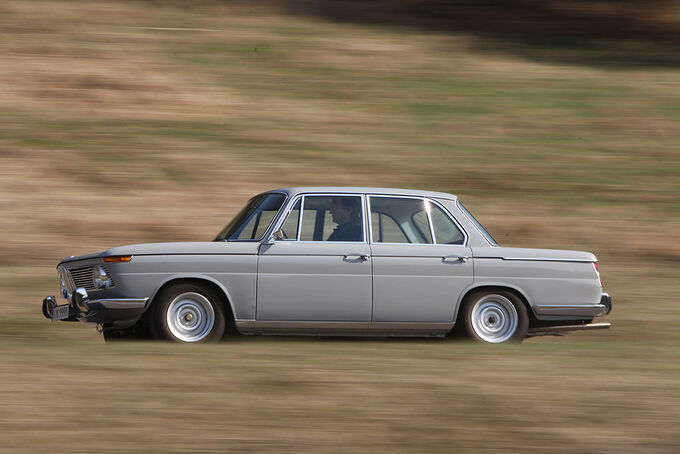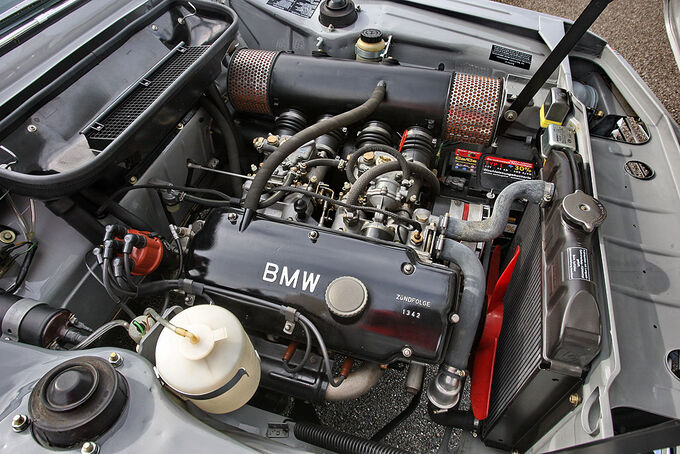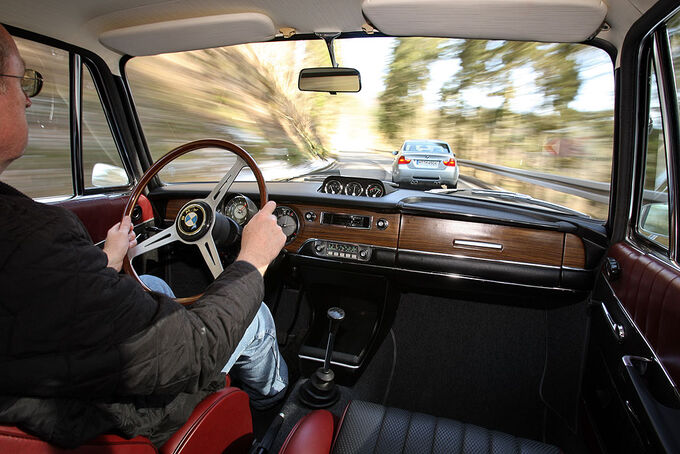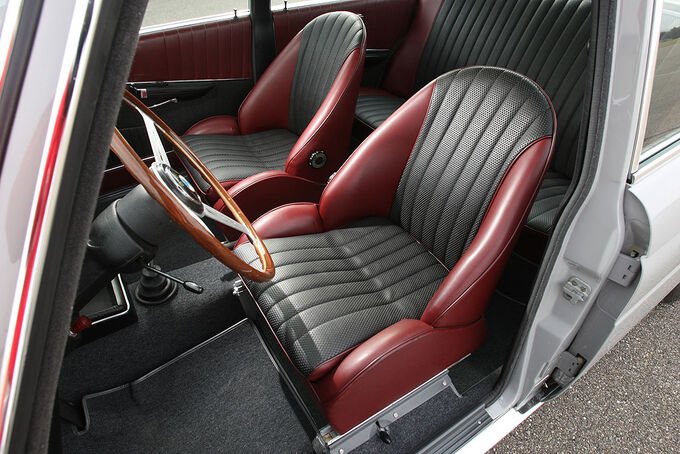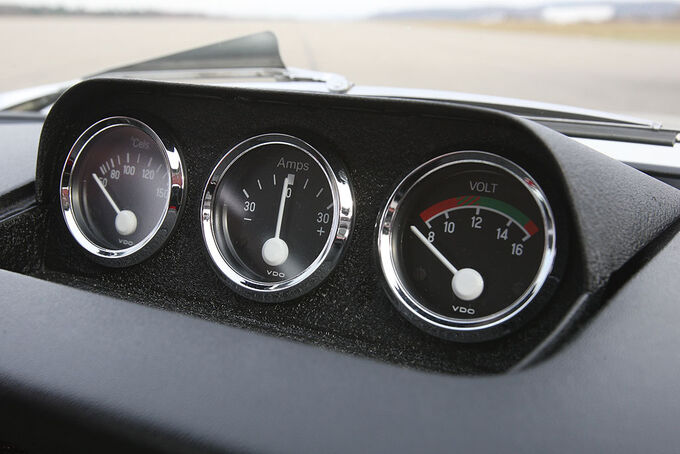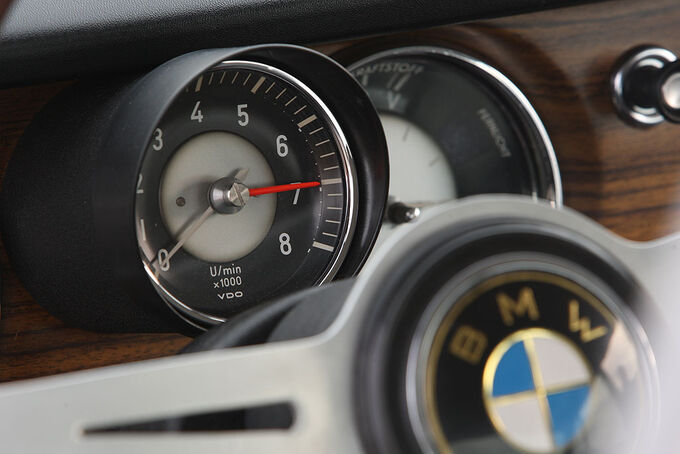1964 Tognotti Speed Shop A/A Fuel Dragster
Don Tognotti was a well-known name in the world of street rods. His Avenger Deuce coupe and Green Voodoo ’55 Thunderbird were popular on both the show circuit and in the magazines. At the Oakland Roadster Show in 1964, his teal and chrome King T was crowned America’s Most Beautiful Roadster. The King T’s place in hot rod history was secured the following year when it was released as a 1/25 scale model from AMT.
Tognotti actually took two cars to the Roadster Show that year. The King T and an AA/Fuel Dragster he’d built to promote his speed shop in Sacramento. Dubbed Goldfinger, it was displayed next to George Barris’ Munster Coach. As expected, the Munster Coach was a hit with the masses, but Goldfinger stopped real rodders dead in their tracks. It was unlike anything seen before. In the early 60’s most dragsters were still being built out of exhaust tubing, but Tognotti built the streamlined, aluminium-bodied Goldfinger the way he built his street rods; Beautifully designed, expertly crafted, and stunning in its fit and finish. Years later this meticulous craftsmanship would lead to its rescue and full restoration.
Goldfinger’s build team read like a who’s who of drag racing. The chassis was designed and fabricated by Pete Ogden, while the aluminium body panels were massaged to perfection by metal man Arnie Roberts. Tognotti himself was a professional showman and Goldfinger’s paint and graphics were show-car quality, but the name and number 007 were only to last one year. In 1965 the car was repainted and re-launched as the Bushwhacker. Painter Don Honstein was tapped to do the new colours and graphics. 40 years later he would return for an encore performance, painting the car once again in its pearl-yellow and lime Bushwhacker livery.
Tune in next time for the patter of Little Mouse feet…

